Perhaps because of their belief in feng shui, the Nguyen Dynasty did not allow the "female flowers" of the Tay Son leaders to enter the land for fear of "destroying their fortunes".
To keep it a secret, at that time the Nguyen Dynasty ordered the "flower" Quang Trung to be taken to a deserted temple to continue to be imprisoned under a very special form.
Phan Cong Hac and Phan Cong Va were discovered for taking the skull of King Quang Trung from the Prison (now in Tay Loc Ward, Hue City) for burial, and King Dong Khanh ordered their execution. Their descendants were not allowed to use the middle name Cong, so they had to change it to Phan Van... for fear of exterminating their entire family.
That is the record of Associate Professor Dr. Do Bang in the book Discoveries about Emperor Quang Trung (Thuan Hoa Publishing House, 1988). Also in the above book, Associate Professor Dr. Do Bang said that on March 25, 1988, Associate Professor Dr. Do Bang discussed with the elders of Thanh Thuy Chanh village (now Thuy Thanh commune, Huong Thuy town, Thua Thien-Hue) at the Phan clan temple, researched the genealogical records and genealogies of the Phan clan that are still preserved, and verified that the above mentioned legendary historical figures are trustworthy.
However, another issue in the journey to find the "female flower" of King Quang Trung was raised by the author: "After being arrested, did Mr. Phan Cong Hac reveal the burial place of King Quang Trung's skull? If he did, did the Dong Khanh court still leave the king's skull in Thanh Thuy Chanh or was there another way to handle it that history books and legends did not leave us? Or were there any more thefts that happened after that?" The elders said: “Doi Temple is located on the other side of Thanh Toan covered bridge. In the past, there were two temples, shaped like wasps, lying parallel to each other, about 1.5 meters apart. Doi Temple worshiped two “two great generals”. Between the two temples, slightly behind, there was a mound of earth that looked like a small grave. In the past, this area was famous for its sacredness. On the 15th and 1st of every month, villagers would come to burn incense at that “mound of earth”, but no one knew whose grave it was. This was a special case, because the graves of villagers were already reserved in cemeteries, and no one was buried there” (Ibid., page 179).
So it is possible that since May 1885, the “female flower” of King Quang Trung was buried in the area of Mieu Doi near Thanh Toan tile bridge. After the event of the burial of the “female flower” of the two Phans was discovered, how did the Nguyen Dynasty “handle” the “female flower” of King Quang Trung?
Revelation of a Nguyen Dynasty official
Mr. Hong Hoai Le Van Hoang studied and graduated from Quoc Tu Giam in Hue, and was appointed to work in the Royal Office during the reign of King Bao Dai. In 1957, Hue University was established, and he taught Han Nom in the Faculty of Literature. He was a person who knew many "secret palace stories" of the Nguyen Dynasty.
In many of the stories, he mentioned the event where the “jailer” brought “Mr. Vo” (“the female flower” of King Quang Trung) to Thanh Toan tile bridge, buried it in the temple ground, was discovered and executed by the court. As for King Quang Trung’s “female flower”, according to him, it was taken from the ground, wrapped in clay mixed with rice husks, brought to a temple of Doi Temple, placed on the temple ground, in front of the altar like a statue… His story is very consistent with the information provided by Associate Professor, Dr. Do Bang.
Why did Doi Temple become a deserted temple during the Nguyen Dynasty and why did King Dong Khanh order his subordinates to imprison King Quang Trung's "flower" in it?
Research results from the genealogical documents of the Tran family in Thanh Thuy Chanh village (conducted by Dr. Tran Duy Phien, a descendant of the Tran family in Thanh Thuy Chanh village, currently living in Ho Chi Minh City) show that the Imperial Envoy Phan Trong Phien in the Southern pacification army of the Duke of Viep, Hoang Ngu Phuc, was the husband of Mrs. Tran Thi Dao - the person who donated money to build the Thanh Toan tile bridge. Later, Mr. Phan Trong Phien changed his name to Phan Le Phien. Mrs. Tran Thi Dao has a shrine right on the tile bridge, and her husband and the matchmaker for their love, Nguyen Huu Chinh, is worshiped at the Doi Temple, so the villagers have a tradition that the Doi Temple worships "the two great generals".
During the reign of King Gia Long, Doi Temple was no longer used for ceremonies and became a deserted temple, because Phan Trong Phien and Nguyen Huu Chinh played an important role in the Southern conquest in the year of Giap Ngo (1774), destroying the Nguyen family in Dang Trong.
Some elders of Thanh Thuy village who participated in the Viet Minh said that before 1945, when they went into the abandoned temple to hide, they still saw the statue placed in front of the altar, under the brick floor in the left temple of the Doi Temple.
But why didn’t the Dong Khanh dynasty destroy the “flower” of the “Fake Lord”? Didn’t they put it back in the prison but continued to keep it in the Doi Temple?... According to us, because of their belief in feng shui, the Nguyen dynasty did not allow the “flower” of the Tay Son leaders to be buried because they were afraid of “destroying their fortune”. To keep it a secret, at that time, people brought the “flower” to an abandoned temple (Doi Temple) to continue to keep it in the form of a statue.
According to Mr. Hong Hoai Le Van Hoang, in 1944 there was a ceremony of the Tien Thien Holy Religion at Mieu Doi and afterwards people brought the "statue" to a new place. But where it was brought, he did not reveal.
Tran Viet Dien - Thanh Nien Newspaper



![[Photo] Prime Minister Pham Minh Chinh works with the Standing Committee of Thai Binh Provincial Party Committee](https://vphoto.vietnam.vn/thumb/1200x675/vietnam/resource/IMAGE/2025/5/12/f514ab990c544e05a446f77bba59c7d1)

![[Photo] Prime Minister Pham Minh Chinh receives Swedish Minister of International Development Cooperation and Foreign Trade](https://vphoto.vietnam.vn/thumb/1200x675/vietnam/resource/IMAGE/2025/5/12/ae50d0bb57584fd1bbe1cd77d9ad6d97)

![[Photo] Prime Minister Pham Minh Chinh starts construction of vital highway through Thai Binh and Nam Dinh](https://vphoto.vietnam.vn/thumb/1200x675/vietnam/resource/IMAGE/2025/5/12/52d98584ccea4c8dbf7c7f7484433af5)






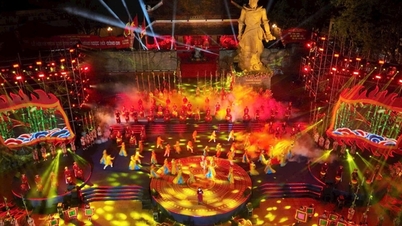

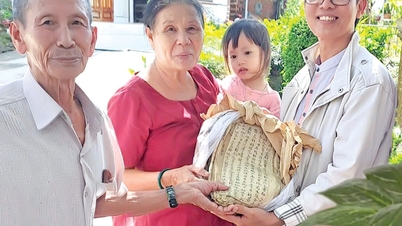

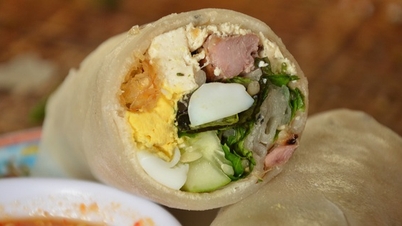

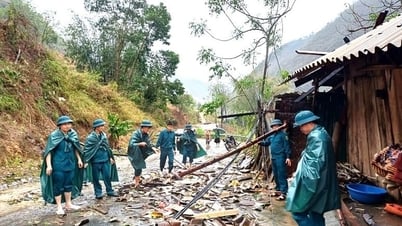
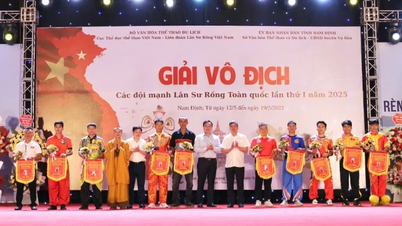



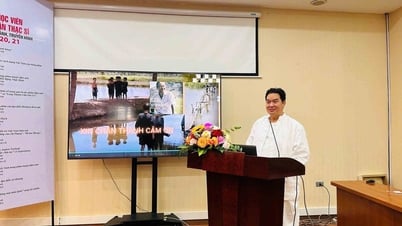





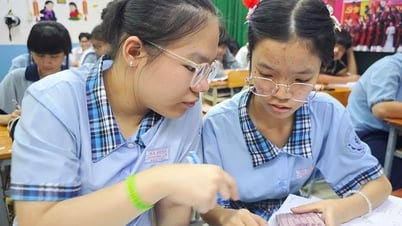

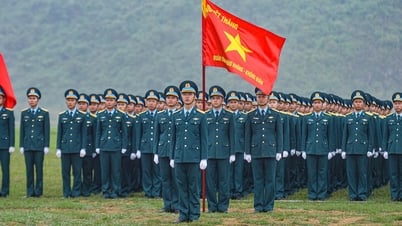

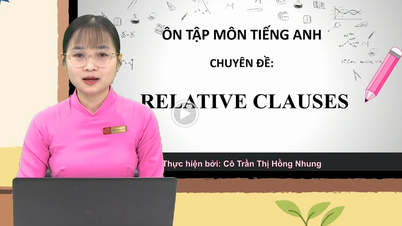































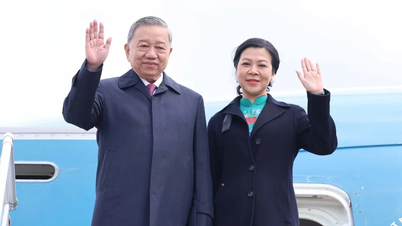
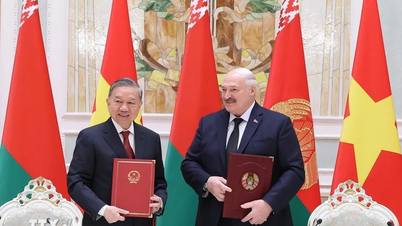













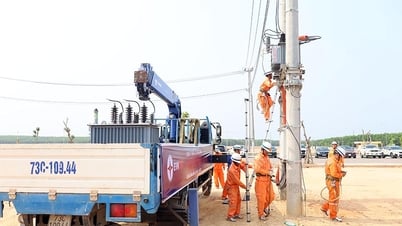


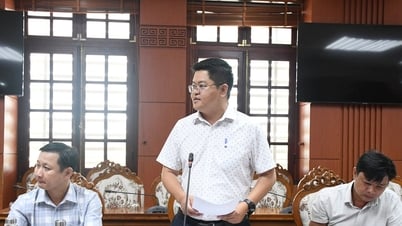




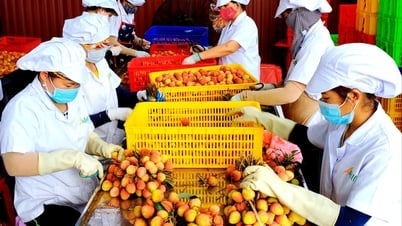











Comment (0)